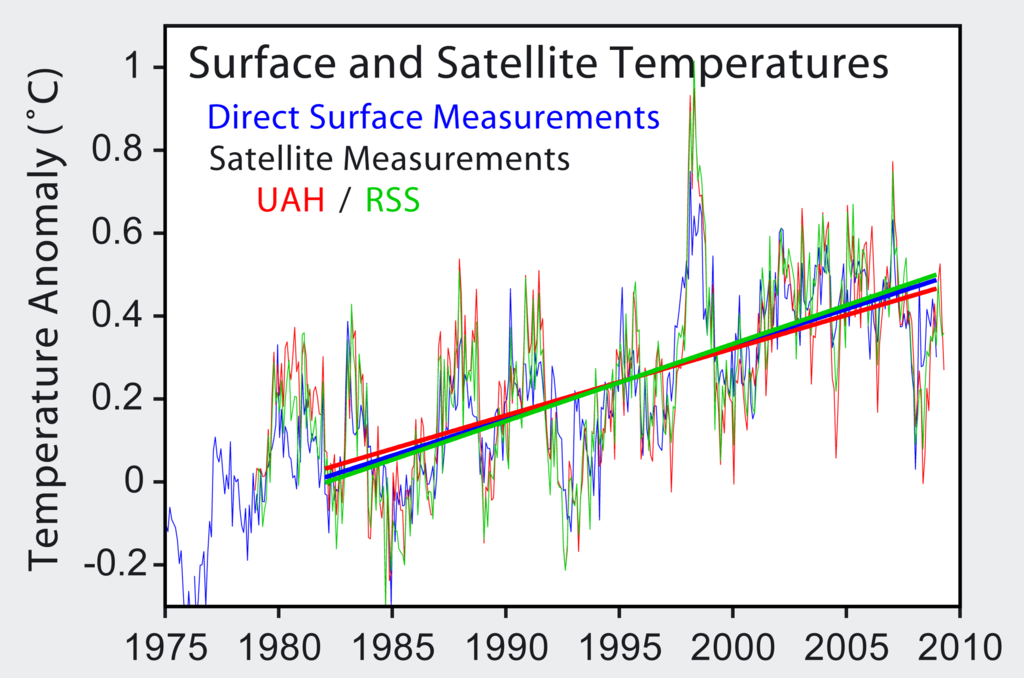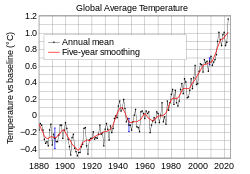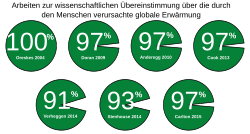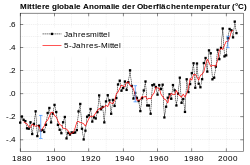Satellite Temperatures
Autor/Urheber:
Attribution:
Das Bild ist mit 'Attribution Required' markiert, aber es wurden keine Informationen über die Attribution bereitgestellt. Vermutlich wurde bei Verwendung des MediaWiki-Templates für die CC-BY Lizenzen der Parameter für die Attribution weggelassen. Autoren und Urheber finden für die korrekte Verwendung der Templates hier ein Beispiel.
Shortlink:
Quelle:
Größe:
2400 x 1590 Pixel (303633 Bytes)
Beschreibung:


- Jones, P.D. and Moberg, A. (2003). "Hemispheric and large-scale surface air temperature variations: An extensive revision and an update to 2001". Journal of Climate 16: 206-223.
- Christy, J.R., R.W. Spencer, W.B. Norris, W.D. Braswell and D.E. Parker (2003). "Error estimates of version 5.0 of MSU/AMSU bulk atmospheric temperatures". J. Atmos. Oceanic Technol. 20: 613-629.
- Fu, Q., Johanson, C. M., Warren, S. G. & Seidel, D. J. (2004). "Contribution of stratospheric cooling to satellite-inferred tropospheric temperature trends". Nature 429: 55−58.
- Mears, Carl A. and Frank J. Wentz (2005). "The Effect of Diurnal Correction on Satellite-Derived Lower Tropospheric Temperature". Science Express: published online 11 August 2005.
- Matthias C. Schabel, Carl A. Mears, Frank J. Wentz (2002). "Stable Long-Term Retrieval of Tropospheric Temperature Time Series from the Microwave Sounding Unit". Proceedings of the International Geophysics and Remote Sensing Symposium III: 1845-1847.
Lizenz:
Relevante Bilder
Relevante Artikel
Kontroverse um die globale ErwärmungDie Kontroverse um die globale Erwärmung ist eine vorwiegend in der Öffentlichkeit ausgetragene politische Debatte über die Existenz und Ursachen der globalen Erwärmung, deren Ausmaß, Möglichkeiten zu ihrer Bekämpfung durch Klimaschutz und die Folgen der globalen Erwärmung. .. weiterlesen












